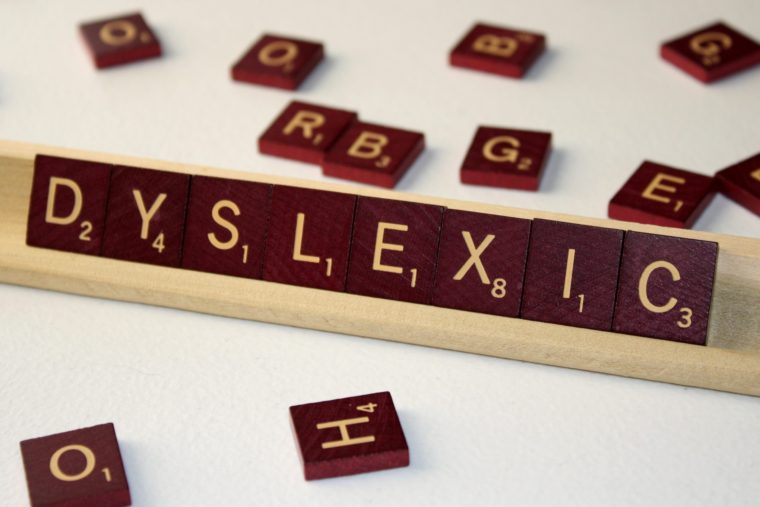In my letter to my second-grade dyslexic daughter, I highlighted ways she excelled, in an effort to offset her teacher’s list of her weaknesses. She is not the only one with gifts that, if built on, can propel the dyslexic to success in life.

Did you know that 35% of entrepreneurs, 25% of CEOs, and over 50% of NASA employees are dyslexic? This is not by accident.
Here is a shortlist of 5 advantages someone identified with dyslexia has over the person who is not. These strengths combine to make them extraordinary in their chosen field of work.
- Strategic Thinking
- They think outside the box and can look past the details to the big picture.
- They are innovative and original in their thinking.
- They offer unorthodox, fresh ideas that result in solving problems.
- Analytic and Intuitive
- They are able to understand the deep meanings of stories that are read or told to them.
- They are able to read between the lines.
- They are able to take apart complex ideas or concepts and simplify them, thus strengthening their problem-solving ability.
- Creativity
- Their keen sense of curiosity and strong interest in life feed their very active imagination.
- They use their imagination to create an extraordinary view of the world, which often results in them →
- Birthing lucrative ideas.
- Exceptional Spatial Processing and Knowledge
- Their outstanding picture-thinking ability allows them to move around and fit things perfectly into spaces.
- They are able to process 3D objects in their mind, making them good in areas like graphic design, architecture, and photography.
- They have excellent visual memory for details in print and the environment.
- Increased Level of Empathy
- Their ability to perceive the feelings of others, coupled with a genuine desire to alleviate pain and suffering gives them a deep level of understanding of another person’s plight.
- Perhaps this heightened degree of empathy is an outgrowth of their experience as one who thinks and learns differently.
Children with dyslexia tend to be consumed with what they cannot do and totally miss the areas in which they outshine their reading peers. If you have or know a parent with a dyslexic child, make it your duty to build their self-esteem by consistently emphasizing the areas where they excel. Show them that you believe in them.
In your association with dyslexic children and adults, what exceptional skills have you noticed?





